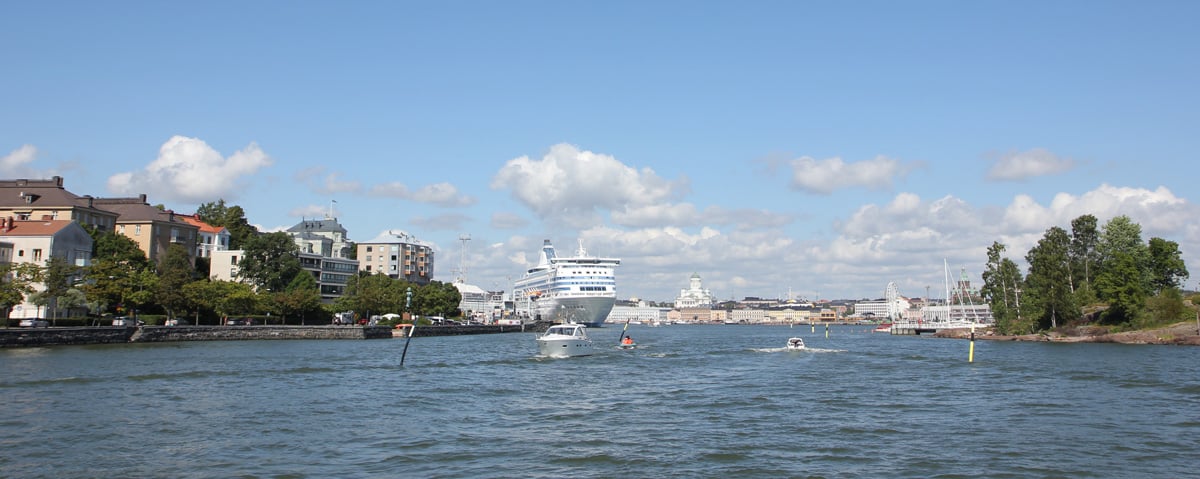This online article is an advisory summary of different ATON marks. For detailed recommendations refer to IALA Maritime Buoyage System.
Regions
Buoyage system has been geographically divided into two regions; A and B. Lateral marks differ between Buoyage Regions A and B, and other five types of marks are common.
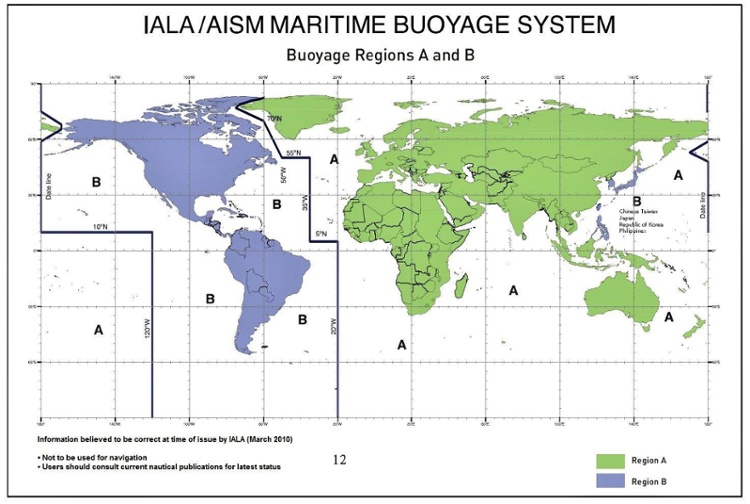
Image source
ATON Marks
Lateral marks indicate the edge of a channel. In a river, the direction of buoyage is towards the river's source and in a harbour, the direction of buoyage is into the harbour from the sea. Red and green colors mark the port (left-hand) and starboard (right-hand) sides of channel in Region A, and reversed colors red to starboard and green to port in Region B. Therefore the area between red and green buoy is a safe route for a vessel to navigate. In some regions also bifurcation buoys are used to mark out the preferred channel.
Cardinal marks are different shaped yellow-black sea marks with top-mark. They indicate the direction of safe waterway, cardinal (compass) direction (north, east, south or west) relative to the mark. Cardinal mark can also indicate of a hazard.
Isolated danger mark is black-red colored and placed on or near to a danger. Safe water mark, also called a Fairway buoy is red-white colored and indicates navigable water around it. Special marks are yellow and they indicate a special area for example cables, pipelines, spoil ground, aquaculture or recreation zone. New danger marks are newly discovered hazards and wrecks that may not be shown in nautical documents. They are blue-yellow.
For marking different ATON applications around the world we offer a wide selection of buoy lanterns including both standalone (externally powered) and solar self-contained lanterns.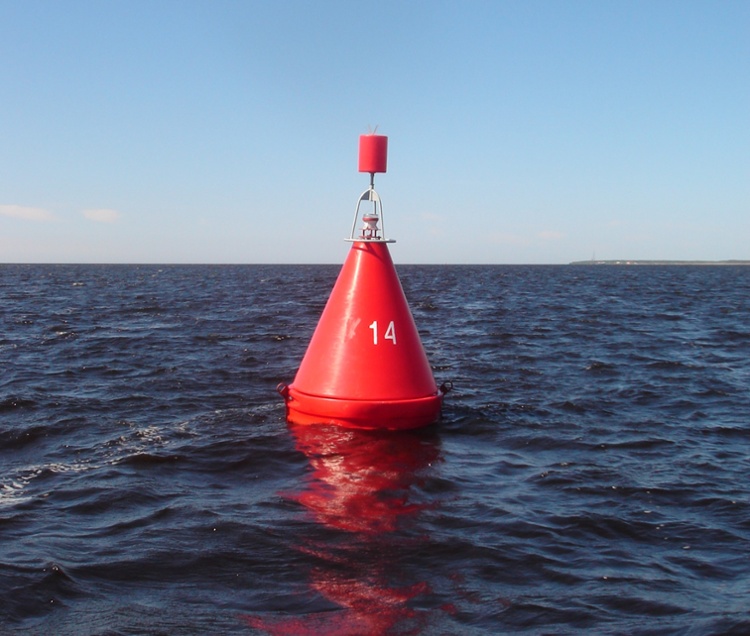
Self-contained solar lantern M650H on a red buoy.
Other marks are visual ATON signals assisting mariners in the navigation and not necessarily mark channel limits or obstructions.
- Leading lines/ranges Leading lights, also referred to as range lights, are beacons that are used both day and night to mark safe passage for vessels along a fairway, through a shallow or dangerous channel, or when entering ports. They provide precise analog visual feedback to determine the vessel’s location relative to the center of the channel. Leading lines can be any color or shape that provides a distinctive mark from the background, determined by competent authority.
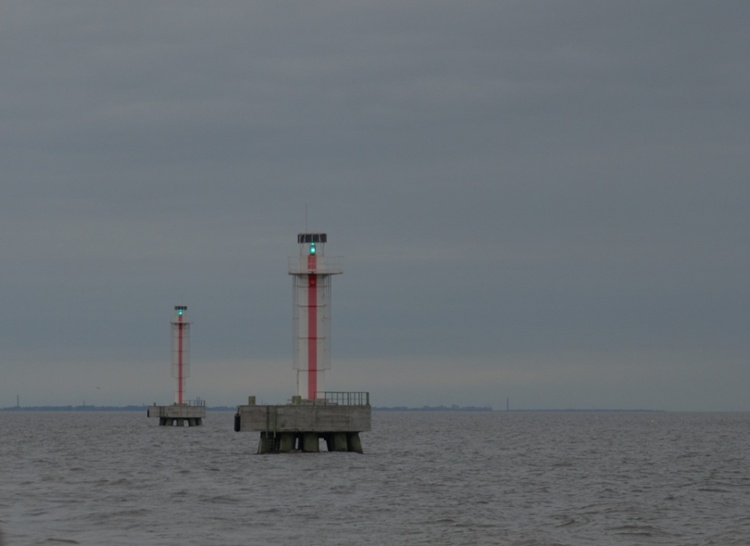
LO200M range lights marking the leading line.
- Sector lights display different colors and/or rhythms and the color of the light provides directional information to the mariner. Omnidirectional sector lights can cover multiple fairways with a single installation. They can also be used to mark out very wide sectors. When AtoN lighting needs to provide extremely precise guidance only projector sector lights can deliver the required accuracy. Some models of projector sector light can include an oscillating boundary. It gives more information of position near the sector boundary to the mariner by creating a light character with alternately flashing colours to further help the mariner to obtain his lateral position related to the mid of the safe channel.
For more detailed guidance on choosing right marine lantern for specific applications see our QUICK GUIDE ATON SIGNALS focusing on sector, leading and PEL lights.
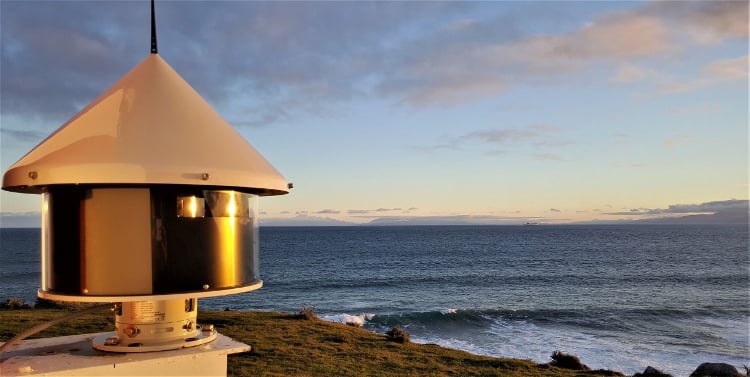
Sector light ODSL 200 with different colored sectors cover multiple fairways at a same time.
-
Lighthouses are towers or substantial structures which show a signal light by night and operate as a significant daymark during daytime. Lighthouse structures can be of any color, shape or material.
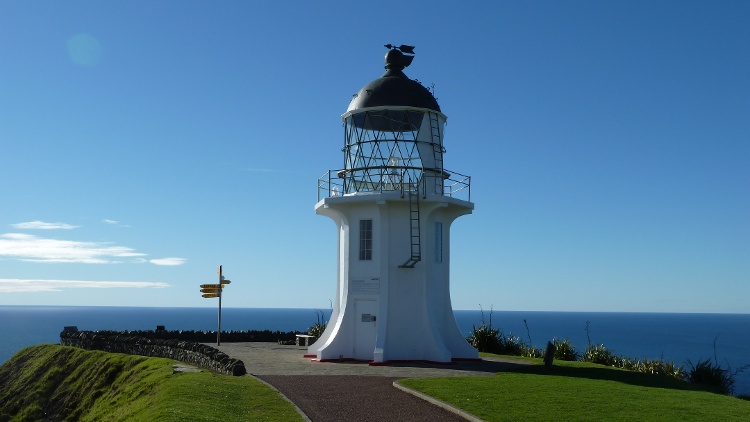
Rotating lighthouse beacon VRB-25 combines LED technology with traditional rotating beam.

Sabik Lighthouse Unit SLU modernizes the technology of the traditional lighthouses while preserving the historic heritage and look.
- Beacons and other short range ATON are fixed navigation marks that can be of for example different shapes, colors and patterns. They can carry a signal light or operate unlit only as a daymark.

LED 160 on a fixed beacon in a large commercial port.
- Major floating aids include for example light vessels or large navigational buoys. They are deployed at critical locations with a heavy shipping traffic to mark approach from offshore areas. They can also be a plaform for other ATON such as AIS.

Lightvessels act as lighthouses in waters that are unsuitable for fixed constructions.
- Auxiliary Marks are other minor ATON marks that are not previously described. They do not mark routes or obstructions and they are usually outside defined channels. They are used to assist navigation and convey information for general navigational safety.
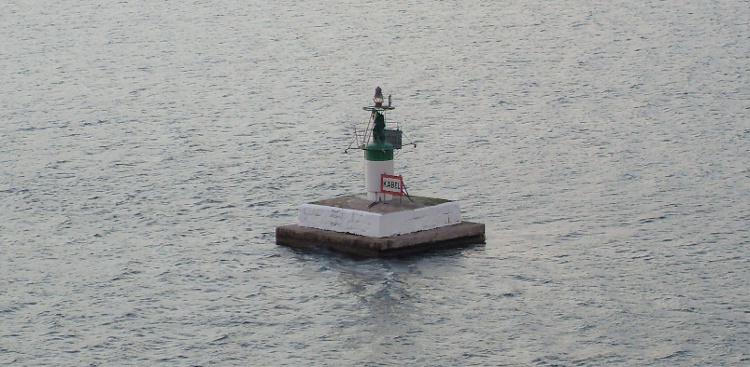
Auxililiary mark indicating cable lines in Finland.
- Port or harbor marks are local marking measures like bridge lights and port traffic signals. Before transiting an area for the first time, mariners should be aware of local ATON marking.
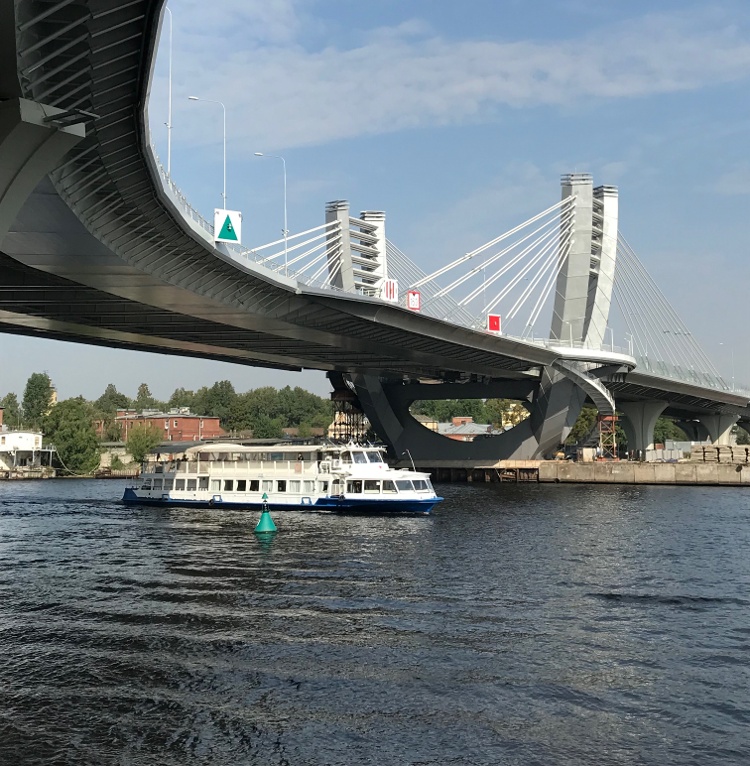
Sabik all-round LED 160 lanterns as bridge lights.
This online article is an advisory summary of different ATON marks. For detailed regulations refer to IALA Maritime Buoyage System; definitions and descriptions regarding each of the above marks, their color, shape, top mark, numbering, synchronization and light rhythm on full document R1001 IALA Recommendation IALA Maritime Buoyage System downloadable.
